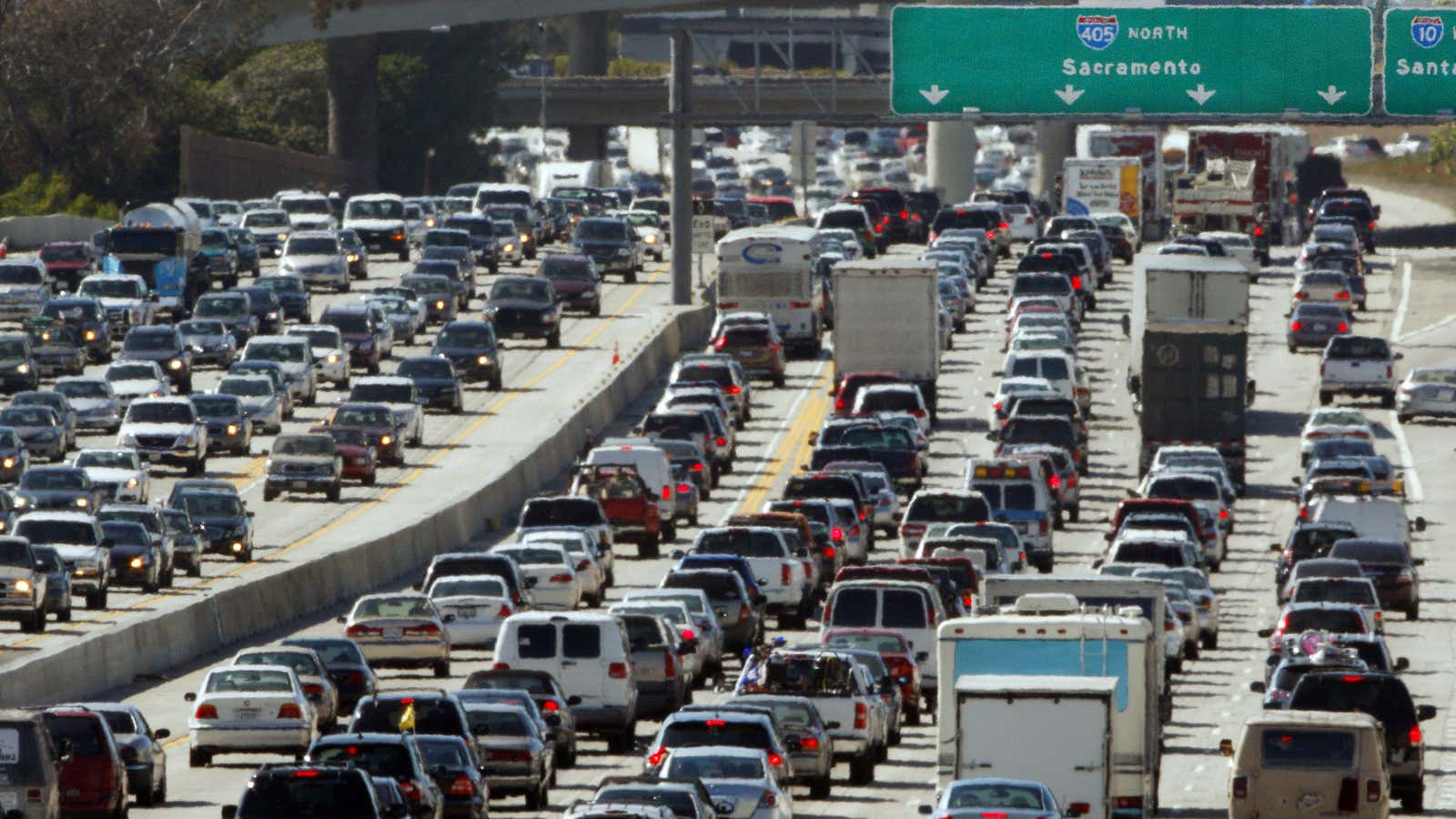The debate over telecommuting that Yahoo has spurred raises an important issue, but it’s not simply about workplace flexibility or telecommuting, but rather the fundamental nature of work itself. By 2020, more than 40% of the US workforce will be so-called contingent workers, according to a study conducted by software company Intuit in 2010. That’s more than 60 million people.
We are quickly becoming a nation of permanent freelancers and temps. In 2006, the last time the federal government counted, the number of independent and contingent workers—contractors, temps, and the self-employed—stood at 42.6 million, or about 30% of the workforce. How many are there today? We have no idea since 2006 was the last year that the government bothered to count this huge and growing sector of the American workforce.
Following the recent economic downturn, the employment rate has recovered at a frustratingly slow pace, except in one area: temporary, contingent, and independent workers. Between 2009 and 2012, according the Bureau of Labor Statistics, the number of temporary employees rose by 29%. A survey of the 200 largest companies found that temporary workers represented, on average, 22% of their workforce, and that percentage is growing. Workers from all different industries (not just tech) are discovering that they’re able to be productive outside of the corporate office and without a long-term employer. At my company, NextSpace, we provide membership to contingent and independent workers from industries as varied as marketing, law, media, accounting, entertainment, construction, art, architecture, and healthcare, along with hundreds of programmers and developers.
The forces behind this sea-change are many: the rapid adoption of mobile technology, ubiquitous internet access, and a general sense of malaise powered by the vague yet nagging notion that we’re just not meant to work all day sitting in a cubicle. Add to that the waste of time, energy and brainpower that commuting engenders, and it becomes apparent that our definition of “workplace” will never be the same. It may seem like a tug of war between companies and workers, but in fact they share common goals: using technology and mobility to maximize productivity, innovation, and well-being.
Given these trends, companies need to proactively create what I call “approved workplace ecosystems” that will likely include the corporate campus, home office, co-working spaces, the corner coffee shop, client/vendor sites, or any place with a decent WiFi or 4G signal. But a real ecosystem is about more than just a collection of places. It’s about the norms, the culture, and the vibe that knit these places together.
At NextSpace, we foster a culture and community among these independent disaggregated workers by creating common ground. Brown bag lunches and informal lectures bring people together over ideas. Member happy hours bring people together over food and drink. And when all else fails, our community curators often literally drag people together based on common personal or professional bonds (the community March Madness pool works, too!).
Traditionally, being self-employed used to come with a social stigma; you were self-employed if you couldn’t get a “real job.” Work was inconsistent and so was the pay. Today, the opportunities for contingent, project-based work are exploding, as is the development of tools that allow people to work independently across industries like software, design, marketing, legal services, architecture, healthcare, and engineering.
As this trend accelerates, problems will arise since the current system is heavily geared toward people working in conventional ways. Those who have full- or part-time work with established companies receive a regular paycheck, employer-sponsored benefits (if they’re lucky), and get a tidy IRS W-2 form at the end of the year for taxes. What people find when they leave the system is a confusing, byzantine, and slightly scary world of health insurance, taxes, pensions, and regulations.
Like it or not, companies and the systems that serve them are going to have to change because the workforce evolution is already underway.




